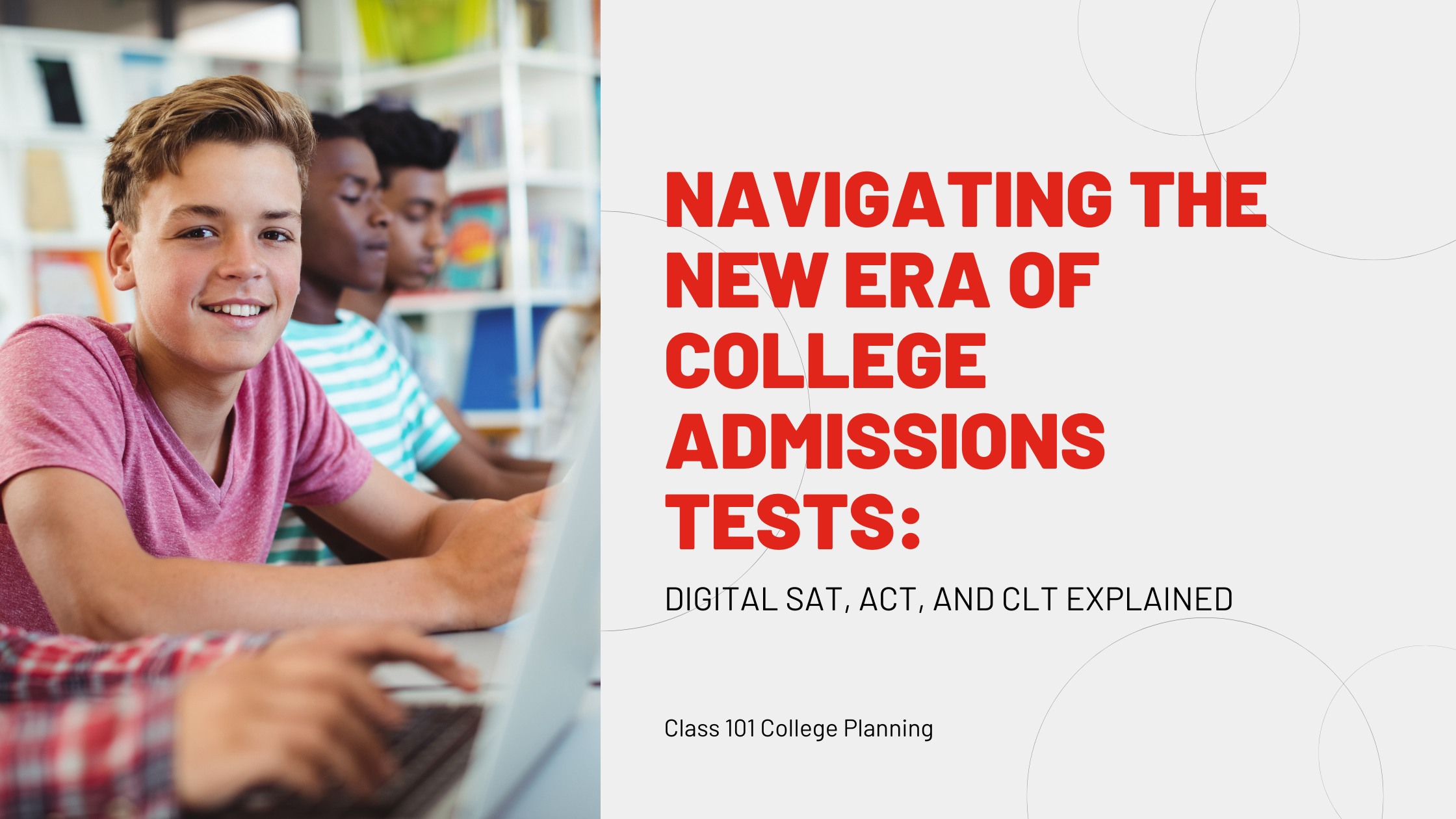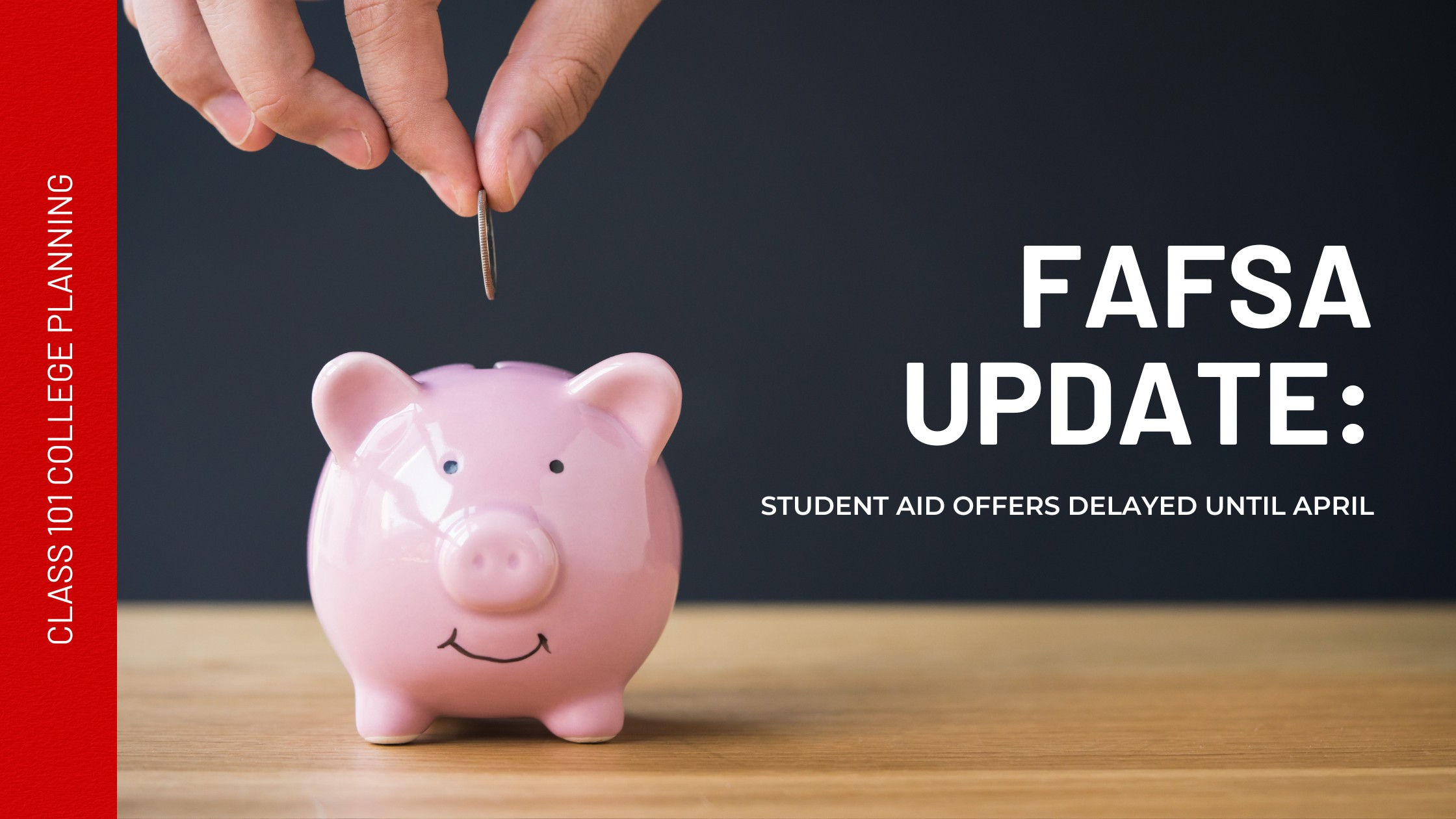April 11, 2023

Congratulations! You have almost completed high school, you’ve been accepted into a college of your choice and you have earned one of the Florida Bright Futures scholarships (Florida Academic Scholarship or the Florida Medallion Scholarship). The college application journey may have seemed complicated. Coordinating the financial details of paying for college is equally confusing.
At Class 101 of the Treasure Coast, we are frequently asked, how does the Bright Futures work with my Florida Prepaid College Plan? The team at Class 101 has put together this list of FAQ’s and links to help you navigate the process.
FAQs: Florida Prepaid and Bright Futures Scholarships
Where can I find the Bright Futures scholarship eligibility requirements?
Follow this link and select the correct scholarship program (most often the Florida Academic Scholarship/Florida Medallion Scholarship) for the most up-to-date eligibility requirements: https://www.floridastudentfinancialaidsg.org/SAPBFMAIN/SAPBFMAIN
How do I officially apply for Bright Futures?
Follow this link to the Florida Financial Aid Application (FFAA): https://www.floridastudentfinancialaidsg.org/SAPHome/SAPHome
This application must be completed no later than August 31st following high school graduation (the earlier, the better). In addition to this form, be sure to meet the initial eligibility requirements:
How do I use my Florida Prepaid to pay for college?
In the spring before a student will enroll in college or university, they will receive a notification from Prepaid explaining how to use the plan benefits and what to expect. Payments to a Florida College or State University are automatic. The school will bill Florida Prepaid directly each semester for the tuition and fees covered by your plan. You simply need to inform your school’s financial aid office that you have a Florida Prepaid College Plan.
How will Florida Prepaid work alongside Bright Futures?
If your child has a Bright Futures scholarship and a Florida Prepaid plan, they will be used in combination. In most cases (unless otherwise directed), the college will bill Florida Prepaid first, and then the Bright Futures awards can help cover any remaining expenses (such as books, transportation or lab fees).The remaining balance of the Bright Futures award will be deposited to the student’s bank account. Those funds can then be used toward housing and living expenses. If you have a dormitory plan through Prepaid, it will be billed first and Bright Futures will still be dispersed the same way into the student’s bank account.
My child will be attending a Florida university with a Bright Futures scholarship. Do I need to do anything to ensure the funding arrives?
If you have followed all the steps to ensure initial eligibility and officially enrolled at the institution, the credit should automatically apply. Renewal is also automatic but dependent upon maintaining the GPA minimum and taking the correct number of credit hours to be a full-time student. Consult your university financial aid office with any issues.
Links:
Florida Prepaid College Plans
https://www.myfloridaprepaid.com/prepaid-plans/
Using a Florida Prepaid Plan – very helpful FAQ
https://www.myfloridaprepaid.com/existing-customers/using-plans/
Florida Prepaid Customer Service
https://www.myfloridaprepaid.com/existing-customers/
Florida Prepaid FAQs
https://www.myfloridaprepaid.com/prepaid-plans/faqs/
Bright Futures Handbook (2022/23)
Initial Eligibility Requirements: https://www.floridastudentfinancialaidsg.org/PDF/BFHandbookChapter1.pdf
What You Need to Know Now that You Are Eligible:
https://www.floridastudentfinancialaidsg.org/PDF/BFHandbookChapter3.pdf
Renewing Your Award:
https://www.floridastudentfinancialaidsg.org/PDF/BFHandbookChapter3.pdf

March 27, 2024
Navigating the New Era of College Admissions Tests: DIgital SAT, ACT, and CLT Explained There are few things more closely associated with the college application process than standardized tests. Loved by some, hated by others, standardized tests such as the SAT and ACT are viewed as a way to measure a prospective student’s academic capabilities […]
Read More >
February 14, 2024
It seems that this year, more students than ever got deferred. At the University of Michigan, for example, the number of students who accepted a place on the waitlist increased from 10,080 in 2020 to 18,575 in 2023. This development—born of changes from the pandemic and efforts to increase access—has made the college admissions process even more […]
Read More >
February 2, 2024
It’s been a hectic few years for the Department of Education. In 2020, Congress passed legislation requiring major reforms to the FAFSA. Since then, officials have been trying to design a new, streamlined application form for students. Throughout this time, there’s been several delays, affecting when students will be able to hear about financial awards. It now appears […]
Read More >